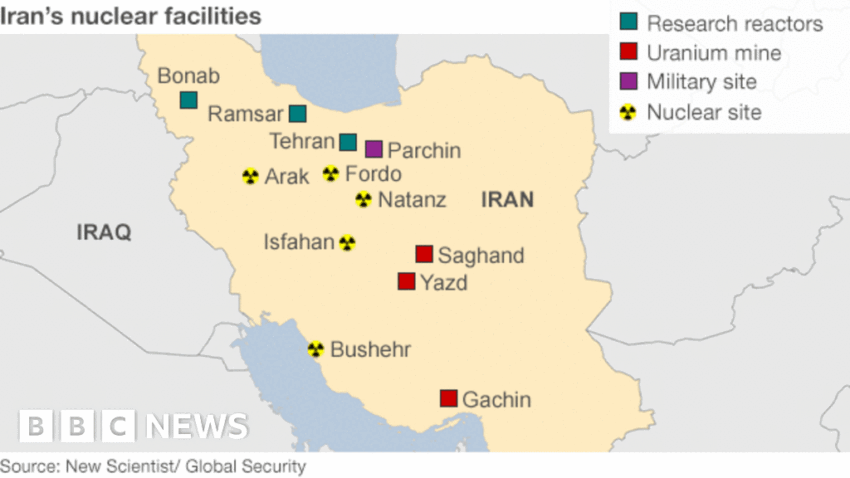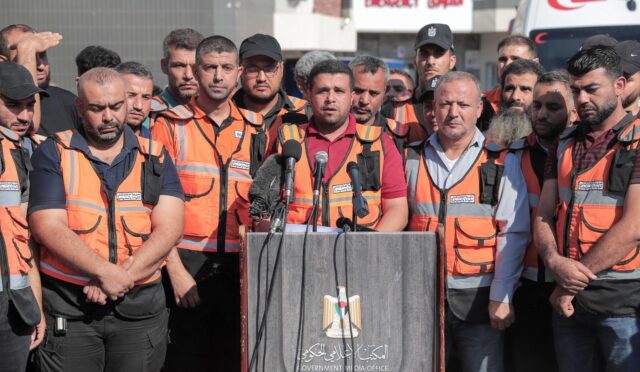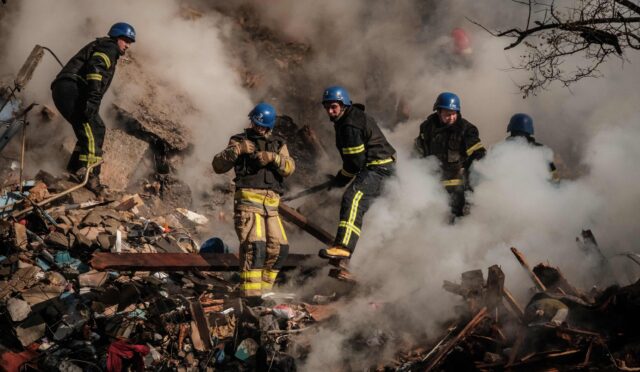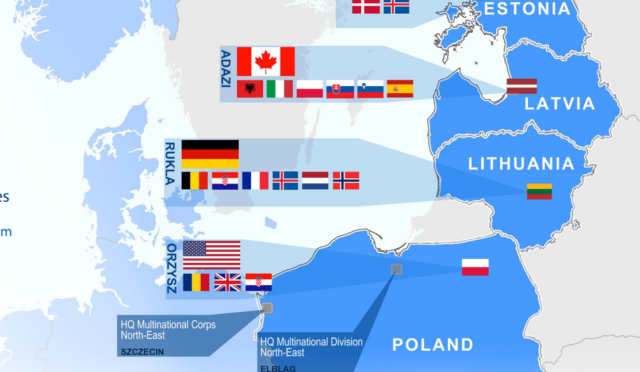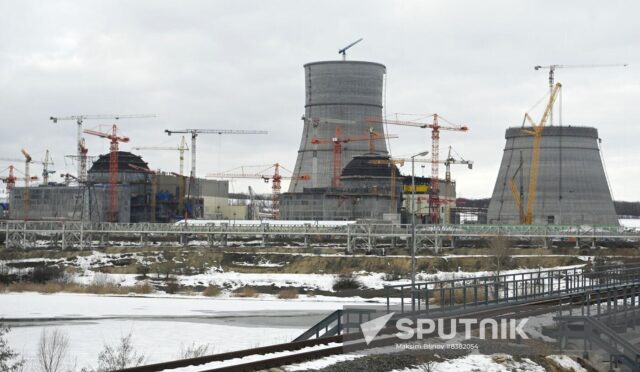IAEA Confirms Radiation Stability After US Strikes
The International Atomic Energy Agency (IAEA) announced on Sunday that it has not detected any increase in radiation levels at significant nuclear sites in Iran following recent air strikes by the United States. According to the IAEA, which acts as the global nuclear watchdog, there are no reports of elevated off-site radiation levels subsequent to the attacks on three crucial nuclear facilities in Iran.
This statement from the IAEA came shortly after US President Donald Trump claimed the strikes had ‘totally obliterated’ Iran’s principal nuclear installations, which include the sites at Fordo, Isfahan, and Natanz. The IAEA’s assurance aims to address concerns regarding environmental safety in light of these military actions.
Saudi Arabia and Kuwait Report Stable Radiation Levels
In a related development, Saudi regulatory authorities confirmed that they found ‘no radioactive effects’ in the Gulf region following the US air strikes on Iran’s nuclear sites. The Nuclear and Radiological Regulatory Commission of Saudi Arabia stated on social media that the military targeting of Iran’s facilities did not yield any radioactive repercussions for the environment.
Similarly, Kuwait’s National Guard reported that radiation levels in the country’s airspace and waters remain stable, assuring the public that the situation is normal. Both nations seem to align in their evaluations, emphasizing that the recent military actions have not impacted radiation safety in the region.
